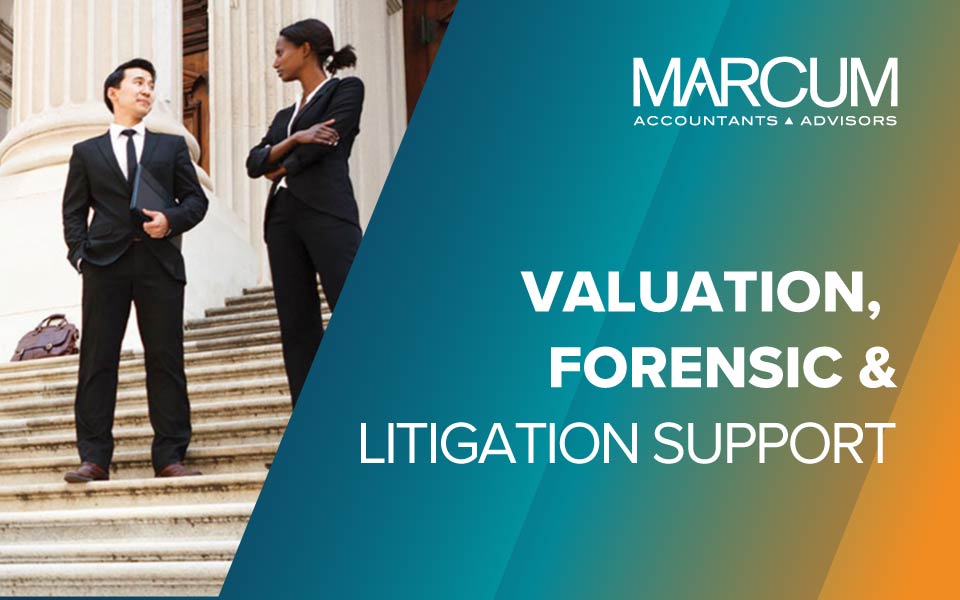Intangible Asset Impairment Analysis: What You Need to Know
Due to the unprecedented economic conditions of the past year and a half, many companies had to take a challenging look at whether their goodwill was impaired during their last audit or review. For those companies that did not record any impairment of goodwill in 2008, continued economic pressures in 2009 may make avoiding impairment two years in a row a difficult proposition.
In the whirlwind of goodwill impairment discussions, however, impairment testing for other intangible assets seems to have been thrown on the back burner. When the accounting for many business combinations is executed, intangible assets are also often recorded (customer lists, non-compete agreements, trademarks, etc.), sometimes in excess of the recorded goodwill. Therefore, testing intangible assets other than goodwill for impairment can be just as, if not more, important than testing goodwill for impairment depending on a company’s asset composition.
Part of the reason for the reduced focus on intangible asset impairment testing may be the fact that intangible assets with finite lives are only considered to be impaired if the undiscounted future cash flows associated with these assets are lower than their net carrying values. This is the same “high hurdle” rule that governs whether fixed assets are impaired. As a result, the cash flows associated with an intangible asset typically need to have deteriorated significantly in order for an impairment to be recognized. Keep in mind that indefinite-lived intangibles do not have the same “high hurdle”, undiscounted cash flow test. Rather, the fair value of indefinite-lived intangibles must be determined each year, similar to goodwill, and the intangible would be written down to its fair value if it is determined to be less than its current net carrying value.
The materiality of the assets along with the risk appetite of a company’s auditors will determine the required extent of testing for the impairment of intangible assets. It should be noted that a company’s auditors are not permitted to prepare the intangible asset testing, which would result in the auditors auditing their own work. Rather, the company’s management or a third-party firm must prepare the analysis, which the auditor can then audit.
Business owners and operators need to keep in mind that increased emphasis will be placed on the testing of intangible assets, including goodwill, during the 2009 year-end audit season. The testing of intangible assets for impairment is something that should be discussed with your auditors sooner rather than later so that a plan of attack can be developed that will address the issue to your auditor’s satisfaction and save any ugly surprises from popping up late in an engagement related to impairment concerns.
Looking for intangible asset impairment analysis services? Contact our business valuation services group at (855) MARCUM1 for more information.







